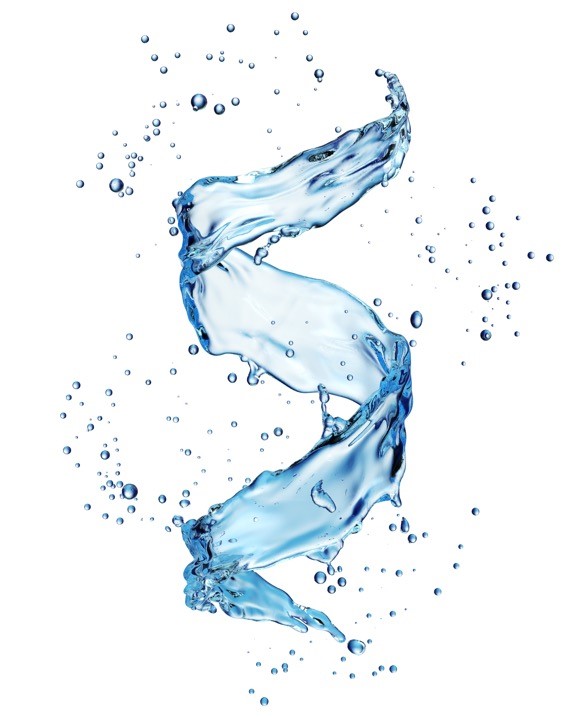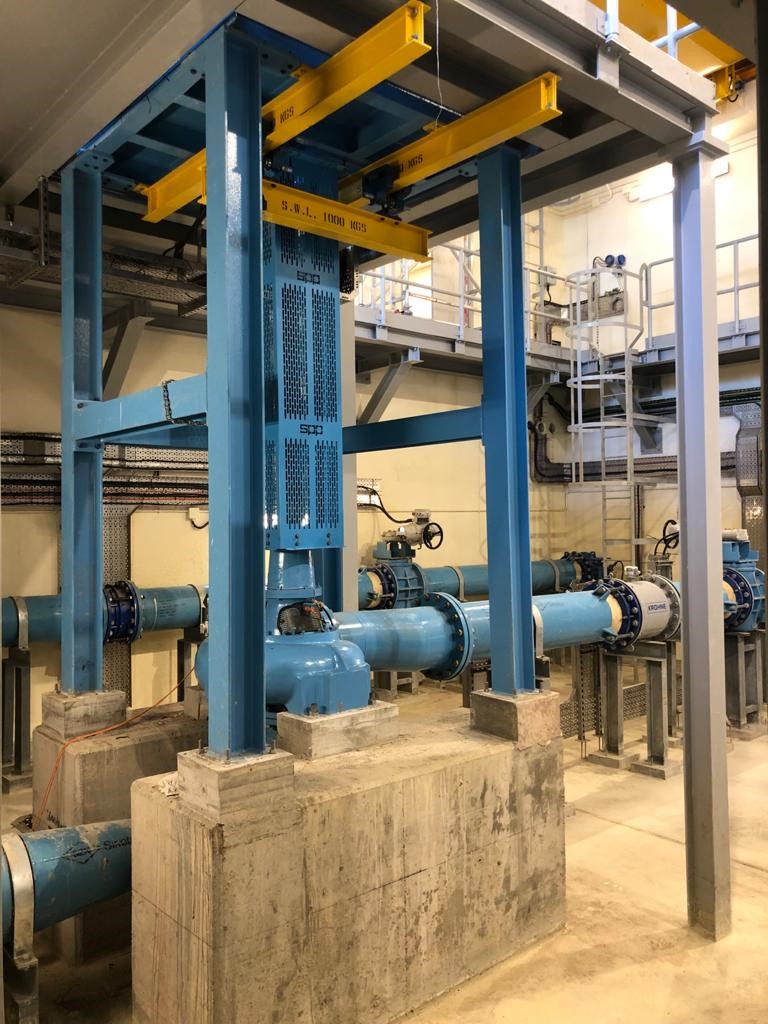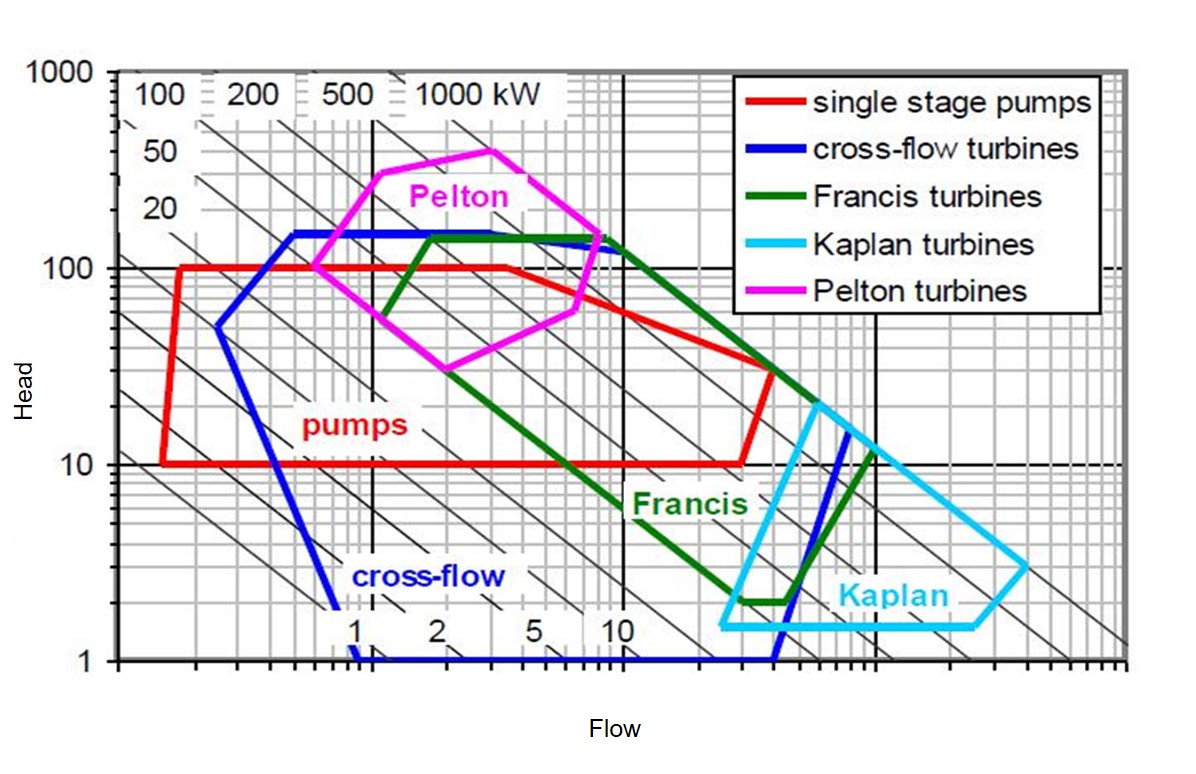- 22-Jul-2022
Caring for the environment and our future is one of our core values here at SPP Pumps and with that mind, we embrace the opportunity to use renewable technologies and conserve energy where we can in our pumping systems and processes around the globe.
Looking at how the world plans to tackle climate change, specific standards were agreed at COP26 last year (November 2021) with one goal to secure a global net zero by 2050 and keep 1.5 degrees within reach. The main standards agreed at COP26 were:
- Accelerating the phase-out of coal
- Curtailing deforestation
- Speeding up the switch to electric vehicles
- Encouraging investment in renewables
A cleaner environment equals cleaner technologies 
To achieve these inspiring targets globally, the pump industry in general will actively need to transition from conventional thermal power to cleaner energy technologies with a higher inclusion of renewable technologies in the global energy mix.
In 2010, renewable technology in the global energy mix share was a modest 8.6% collectively. The use of cleaner renewable technologies is now expected to increase and contribute to the global power sector by 25% by 2025. That is a 17% increase in just over 3 years. This is a clear indication that the role of renewable energies will play in achieving global net zero by mid-century is huge.
As a renowned centrifugal pump manufacturer for over 140 years, SPP Pumps is aware of the challenges that our industry faces. Over the years, we have continued to evolve and adapt to our environment and embrace green and economical change and with that renovate our pump ranges to produce energy - efficient systems for worldwide applications.
An Introduction to Pump as Turbines
Schemes and initiatives are actively being developed and implemented in industries and commercial sectors to make renewable energy more appealing and a viable alternative to conventional thermal power. This is why at SPP Pumps we offer a solution and plan to contribute to renewable technologies in the global energy mix by using Micro Hydropower Systems that use energy from flowing water to produce electrical or mechanical energy via their Pumps as Turbines or better known, (PAT) systems.
PAT - the Concept & Reality 
The Pumps as Turbines system is a well-known concept in the water supply industry. SPP Pumps have been offering this as a solution since 2009. PAT is the perfect model due to the pumps being less complicated to operate than turbines. When pumps are suitably selected, they offer a great alternative to traditional hydro turbines with a substantial economic advantage. It is an efficient and cost-effective method of generating power as well as recovering energy as you can potentially see a return on investment in as little as three years.
Historically, however, there have been challenges associated with micro-hydropower schemes in the past:
- Non-availability of standardised equipment (normally use Francis or Kaplan turbines)
- The turbines are designed according to the site specification
- Each site is unique in this respect
- As standardised equipment is not available, the usage of electro-mechanical equipment becomes costly.
Why use a Pump as Turbine?
However, we believe wherever there are challenges, these can always be outweighed by the benefits of such an innovative system. Using a PAT system is almost the perfect solution when considering using hydropower as an alternative to conventional thermal power for cleaner energy technologies.
Benefits of using a PAT System
- Installed in a variety of locations
- Efficiency generated in turbine mode is equal to or slightly higher than those in pump mode
- Pumps are robust
- Pumps and spare parts are more readily accessible than turbines
- The power output of up to 500kW generally but can be up spec
- No requirement for large infrastructure
- Sustainable and environmentally friendly.

Applications of Pumps as Turbines
There are multiple applications where PATS are installed, we have listed just some examples below:
Municipal Water Companies
- Drinking water supply systems (replacing PRV’s and Stilling Basins)
- Pressure control in closed-loop systems
- Pressure drop of head
- On plant process
- Outfalls
Use of Residual Water Small Hydropower Stations
- Pumped storage plants
- Barrages/dams
- Rivers or streams
- Retrofit of small hydropower systems (replacement of old and/or redundant turbines)
Industrial Applications Pressure control
- In cooling water circulation systems
- Reduction of process water pressure
 Application of PATs
Application of PATs
How SPP Pumps can help your business make a change for the better
SPP Pumps has extensive experience of designing and delivering highly efficient Pump as Turbine (PAT) solutions capable of a rapid return on investment. The pressure differential (head) of a water flow provides the opportunity to recover valuable energy in the process. With many years of advanced turbine engineering experience within our team of engineers, SPP Pumps offers field-proven, affordable, low maintenance products and energy-efficient solutions based on simple, readily-available components and spares to your bespoke requirements.

To simply learn more about how these Pump as Turbine (PAT) technologies benefit both the environment, your business and to make a change for the better then please get in touch with your local SPP contact and our team will be happy to help. We look forward to hearing from you.
